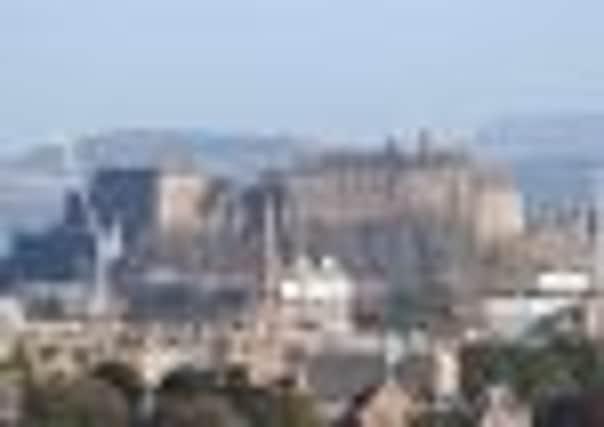Insulation made from sheep’s wool sees Castle heating spend plunge by £110k


Many of its historic buildings have been kitted out with the natural heat-saver which helped heating costs plummet by nearly £110,000 last year alone.
The top tourist attraction, which uses the energy equivalent of 300 homes and hosts 100,000 visitors annually, has cut its carbon footprint by 18 per cent in the space of a year.
Advertisement
Hide AdAdvertisement
Hide AdDr Ewan Hyslop, head of sustainability and science for Historic Scotland, said the organisation chose sheep’s wool as it was an effective and sustainable way of maintaining heat in a castle.
He said: “Being a natural material, it’s breathable, which is important in a historic building as it allows moisture and dampness out.
“It’s easy to handle as you don’t need to wear protective equipment, it has great thermal qualities and it’s also fire resistant. On top of that, it’s sustainable and by using it we are supporting the rural economies. The bottom’s fallen out of the wool market and using this is supporting our indigenous industry, as we should.”
Other green measures include replacing hundreds of light bulbs with energy efficient ones, insulating exposed pipes and fitting so-called smart meters to measure where energy is being used.
The five-year programme will lead to bigger investments with long-term energy-saving rewards such as replacing the existing boilers with more energy efficient versions.
Staff have also been reminded of the easy ways to save energy like shutting doors and windows, turning off lights and turning down radiators in rooms not in use.
Dr Hyslop added: “It’s not all about technology, a lot of it’s really simple stuff. People are often great at being green at home but often aren’t as much when out or at work.
“The buildings we work with at Historic Scotland present their own unique challenges but how we manage these can hopefully have a knock-on effect with our other older, stone buildings.”